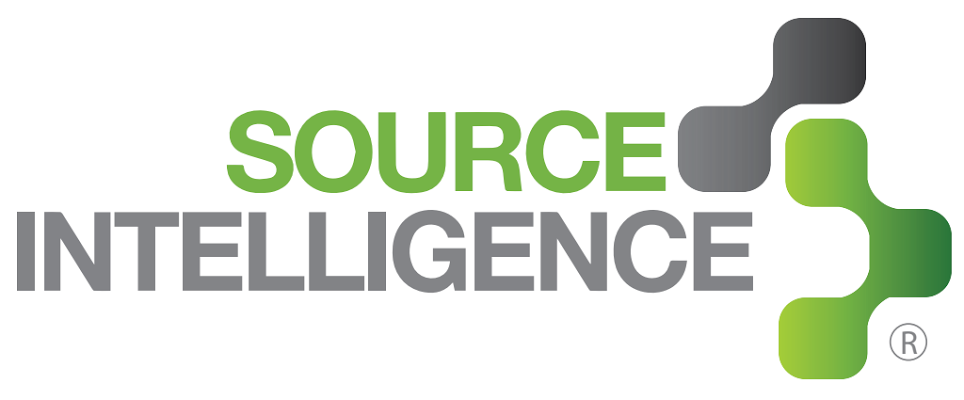Are Your Products Exposing Children to Toxic Chemicals?

Toxic Chemicals Study
Washington’s Department of Ecology, released a study last month on children’s accessory products that contained concerning amounts of cadmium and lead. The chemical levels in the 27 different products tested were in violation of Washington’s Child Protection Act, which aims to mitigate hazardous proportions of chemicals and metals in child merchandise. Both chemicals are scientifically considered carcinogenic and toxic to human health. Child development is susceptible to higher risks as the metals harbor in the body’s bone mass and soft tissues. Health ailments are wide ranging but not limited to detrimental effects on brain, lung, skeletal, and cardiovascular development. Children are prone to placing objects in their mouth and directly ingesting manufactured high-risk chemicals, which makes the call of action for better chemical regulations consequential.
Children’s products can only contain 40 parts per million of cadmium, if products exceed the limit they are in violation of Washington State Children’s Safe Products Act. Some of the accessories tested revealed to be 98 percent cadmium with levels 984,000 parts per million. Darin Rice, the department’s hazardous waste and toxics reduction program manager explained,
“There is simply no reason to have high levels of toxic metals like cadmium and lead in children’s products. We tested a wide range of jewelry and most of it was within acceptable levels. A few manufacturers, however, are not following the law and are putting children at risk."
American and European Toxic Chemical Guidelines
Since the implementation of the United States Environmental Protection Agency in the 1970’s, legislations over environmental and public health have continuously evolved. Stricter guidelines for acceptable chemical substances are difficult to attain in the murky tiers of supply chain transparency. With laws such as California Proposition 65, Washington State Children’s Safe Products Act, and Maine State Toxic Chemicals in Children’s Products Act rapidly developing across the country, company compliance is becoming non-negotiable.
Internationally, the European Union is making waves in the expansion of restricted substances laws, ultimately affecting American suppliers. As companies doing business in the EU must comply with REACH/RoHS requirements. REACH (Registration, Evaluation, Authorization, Chemicals), requires the registration of chemical substances while RoHS (Restriction of Hazardous Substances), restricts the use of hazardous substances in electronic equipment.
Written by: Jahara Singh
Original Article featured in Source Intelligence Newsroom

